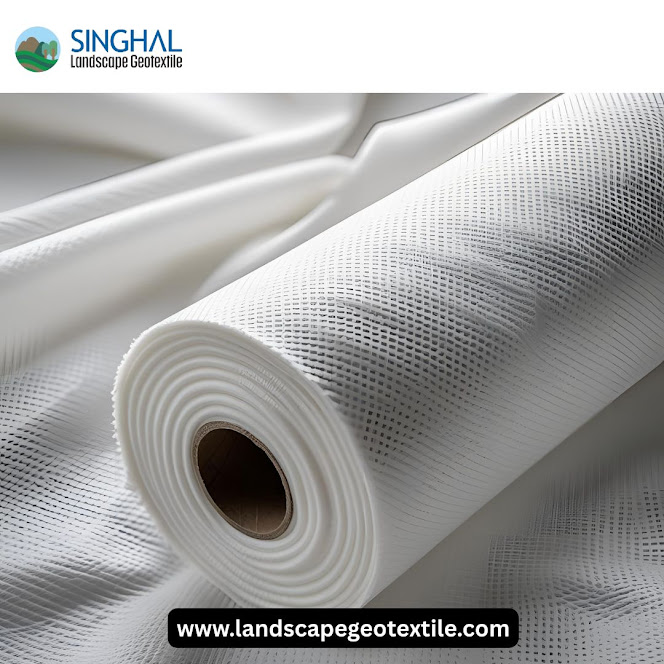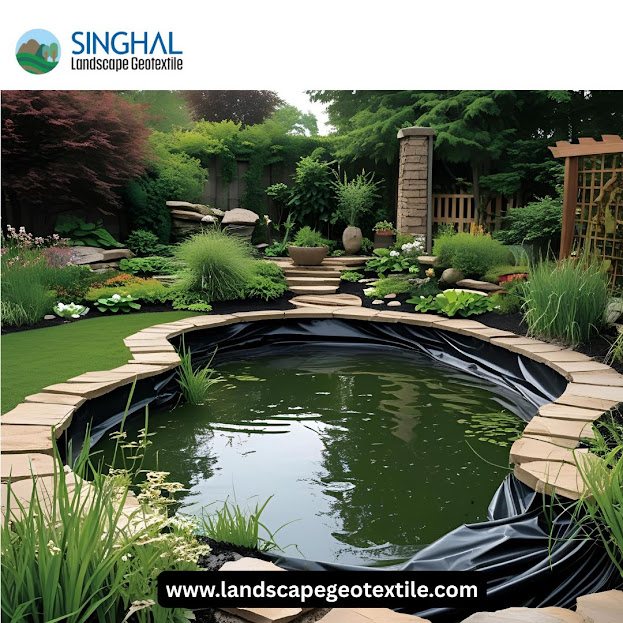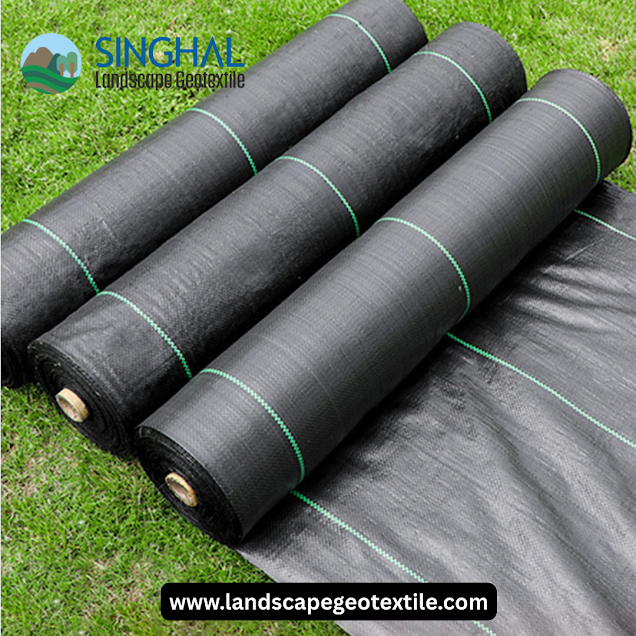Understanding PP Spunbond Non Woven Fabric: A Comprehensive Overview
Introduction to PP Spunbond Non Woven Fabric
Polypropylene (PP) spunbond non woven fabric has disrupted a number of industries because of its versatility, durability, and eco-friendly qualities. This fabric is made through the spunbonding process which is where continuous polypropylene filaments are extruded, laid random over a conveyor belt, and formed into a strong cohesive fabric. Because of its lightweight yet strong characteristics, polypropylene spunbond fabric is a versatile fabric choice for industries from medical supplies to agriculture and industrial packaging. The continued emphasis towards sustainable and affordable materials creates increased opportunities for PP spunbond non woven fabric manufacturers world-wide.
Manufacturing Process and Key Features
Raw polypropylene pellets are melted and extruded through spinnerets to create continuous filament strands. The continuous filament strands are then laid onto a collecting belt following a web-like pattern and bonded by thermal, chemical or mechanical means. The resulting material has good tensile strength, excellent elongation, and good moisture resistance, chemicals resistance and bacteria resistance. Furthermore, the lightweight fabric is breathable and more suitable for sensitive applications such as hospital gowns, masks, and filters. Finally, as polypropylene is recyclable, the material is more environmental friendly, focused on global sustainability.
Applications and Industry Usage
The popularity of PP spunbond non woven fabric hs code in countless industrial applications illustrates its versatility. In healthcare, non woven fabrics are used for surgical gowns, drapes, and sterilization wraps. In agriculture, non woven fabrics are used for crop covers, weed control fabric, and soil stabilization mat. In the packaging industry, non woven fabrics are used for bags, sacks, and liners that need strength and flexibility. In the environmental arena, non woven fabrics are used for erosion control mats that can also act as landfill liners. The combination of performance and cost, makes non woven fabric valuable for small-scale producers and also for multinational corporations.
The Role of Manufacturers and the Market Landscape
PP spunbond non woven fabric is widely dispersed in the global market. Manufacturers are competing for market share relative to how many others are engaged in manufacturing the same product. A notable PP spunbond non woven fabric manufacturer maintains quality, safety standards, bushels in hands, and delivery timelines. The development of a manufacturing environment with specialized PP spunbond non woven fabric manufacturer in sin, has helped engage supply chains of both local and international products. A PP spunbond non woven fabric manufacturer, enhanced the textile production market through advanced machinery, and sustainable practices. This variety of PP spunbond non woven fabric provides pure manufactured fabrics developed for industrial specifications.
Understanding the Regulatory and Trade Aspects
When it comes to international trade, it is important to fully understand the PP spunbond non woven fabric manufacturer HS codes (harmonized system codes) are a standardized numerical way to classify products that are traded. PP spunbond non woven fabric usually falls under the HS codes that are specifically assigned to non-woven textile fabrics, so it is easy to clear customs and deal with trade paperwork. Accurate classification is very important so that import-export regulations are met, like obtaining the correct tariffs, and the manifested trade statistics are accurate. Manufacturers and exporters must stay informed on HS code updates so that they can mitigate risk and avoid problems that could lead to delays or legal repercussions when doing cross-border business.
Sustainability and Future Trends
While industry shifts towards sustainability, the future importance of the sustainability of PP spunbond non woven will continue to grow. The recyclability of polypropylene and continued innovation of biodegradable additives promises to provide consumers with greater opportunities to obtain and use sustainable products. Additionally, the use of nanoparticles, along with new bonding processes, may improve additional functions of PP non woven, including its antimicrobial properties and filtration efficiency. The future will continue to see an increase in specialized applications for PP spunbond non woven, along with the resourcefulness of the healthcare, agriculture, and industrial segments.
Conclusion
PP spunbond non woven fabric offers a great durable, sustainable and economical solution to many sectors with endless applications for use. The manufacturing of PP spunbond non woven fabric is efficient and cost-effective, making it desirable for both the modern industry and the modern environmentalist. As this sector continues to grow, the need for an efficient and trustworthy PP spunbond non woven fabric manufacturer in gujarat will be increasingly important, particularly in emerging regions like Gujarat which have plentiful suppliers. There are classifications in trade such as the HS code have clear understanding will make your international trade documentation easier, moving forward innovation and sustainable operations will help shape the future for this fabric and allow it to stay relevant in global manufacturing.
Frequently Asked Questions (FAQs)
1. What are the primary applications of PP spunbond non woven fabric?
PP spunbond non woven fabric is used extensively in healthcare (surgical gowns, masks), agriculture (crop covers, weed control fabrics), packaging (bags, liners), and environmental protection (erosion control mats).
2. How can I identify a reliable PP spunbond non woven fabric manufacturer?
Look for manufacturers with certifications, consistent product quality, technological capabilities, and positive client reviews. In Gujarat, several reputed manufacturers are known for their quality standards and innovation.
3. Who is the largest manufacturer of PP Spunbond Non Woven Fabric?
The largest manufacturer of PP spunbond non woven fabric is Singhal Landscape Geotextile Manufacture. Renowned for their extensive production capacity and commitment to quality, Singhal Landscape Geotextile Manufacture has established itself as a leading name in the industry.
4. Are PP spunbond non woven fabrics environmentally friendly?
Yes, polypropylene is recyclable, and many manufacturers are now developing biodegradable options, making these fabrics more sustainable in response to environmental concerns.
.jpg)


Comments
Post a Comment